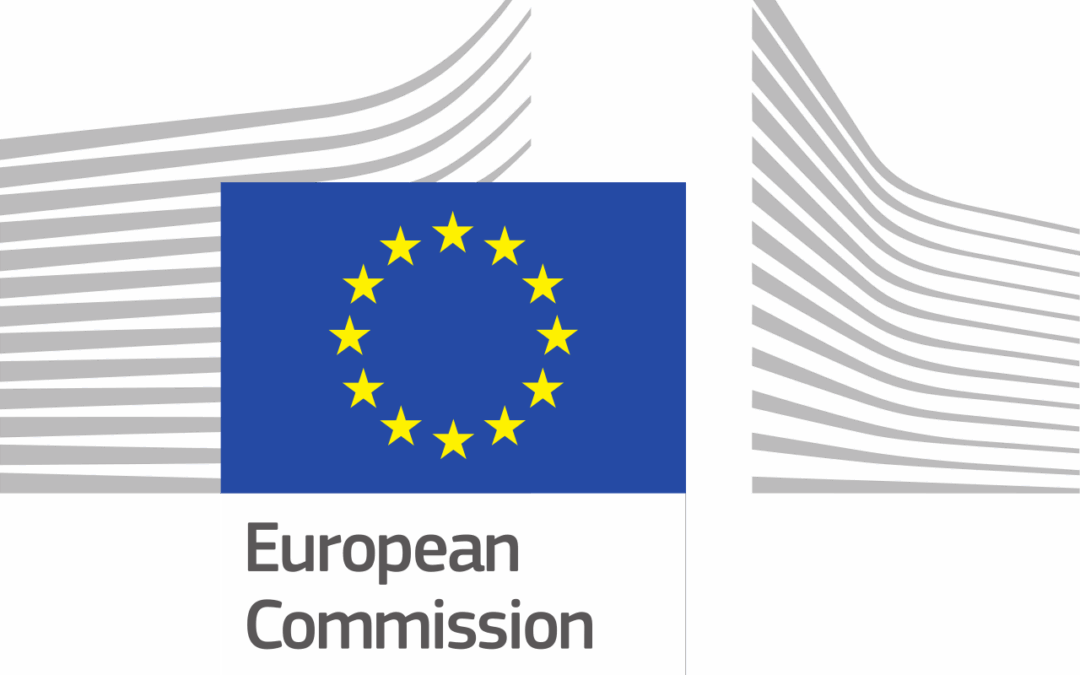Published by the European Commission, the new guidelines aim to help EU Member States better protect marine Natura 2000 sites, while also supporting a sustainable future for fisheries in Europe.
Currently, there are over 3,000 Marine Natura 2000 sites, covering more than 9% of the total marine area of the EU Member States. These sites represent the main contribution to the EU’s goal of legally protecting at least 30% of EU marine area by 2030.
Commercial and recreational fishing is widespread in these areas, in some cases predating the designation of the Natura 2000 sites. These activities can therefore pose a threat to protected habitats and species, making various fisheries management measures necessary in each site.
The guidelines clarify when fishing activities affect Natura 2000 sites and therefore need to be regulated under the Habitats Directive. They also provide practical tools and help Member States identify various fisheries conservation measures.
They recommend a clear process to:
• Assess whether fishing activities threaten protected habitats and species in Natura 2000 sites
• Evaluate potential impacts based on the site-specific conservation objectives
• Implement measures to prevent habitat degradation and significant disturbance to species, as well as any necessary restoration measures.
But protecting and restoring Natura 2000 sites is not just about conservation: it is also a direct investment in the sustainability of fisheries and the communities that depend on them.
The document represents an important step in strengthening both biodiversity protection and the long-term resilience of the fisheries sector. It also aims to improve dialogue with fishers and other stakeholders by clarifying legal requirements and encouraging their active role in the management of marine protected areas.
The guidelines directly support the objectives of the EU Biodiversity Strategy for 2030 and the EU Marine Action Plan.
The Habitats Directive serves as the main legal framework for the establishment and management of Natura 2000, a network of protected areas throughout the EU.
It requires the designation and effective management of sites for nine types of marine habitats and 16 species, while the Birds Directive adds protection for 60 bird species.

